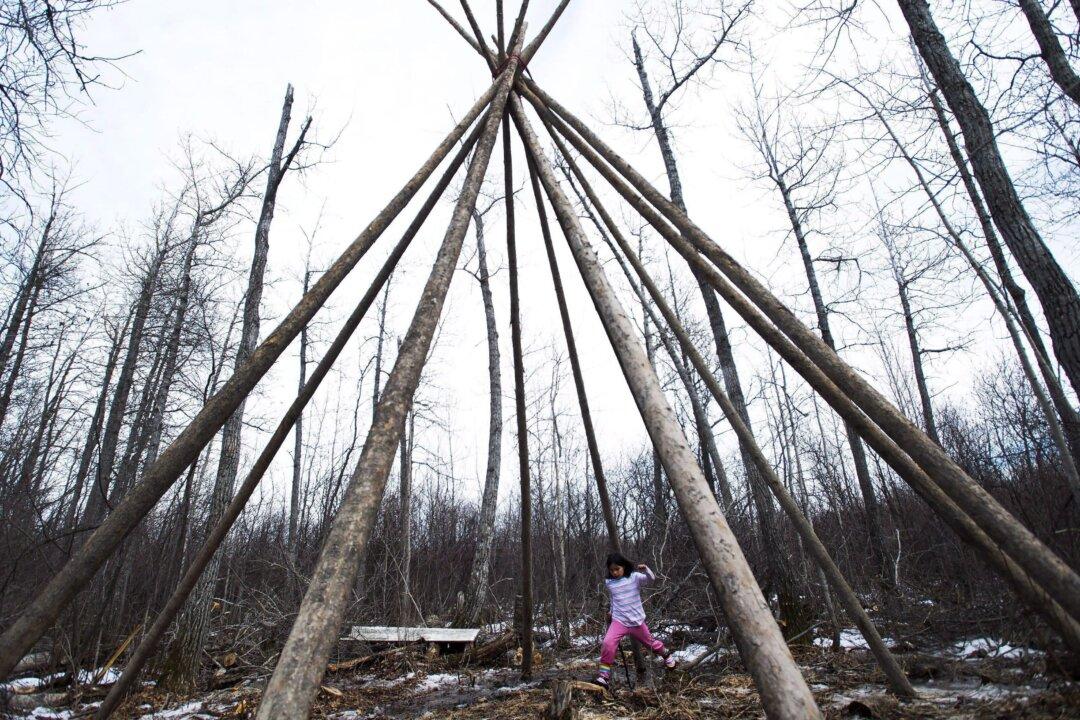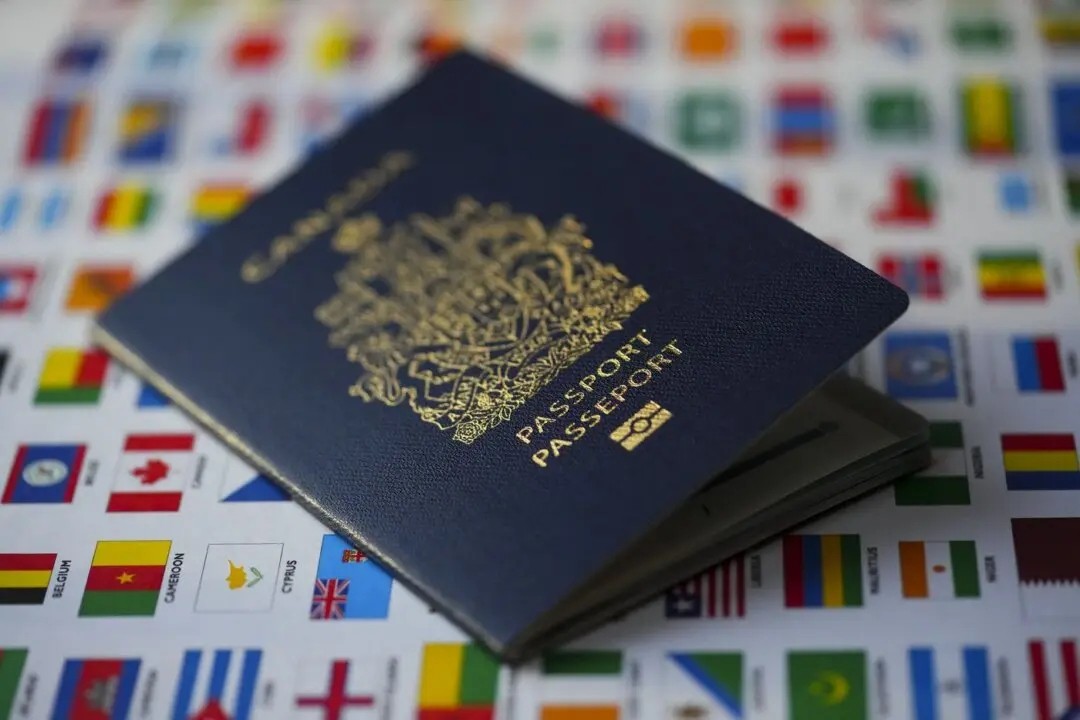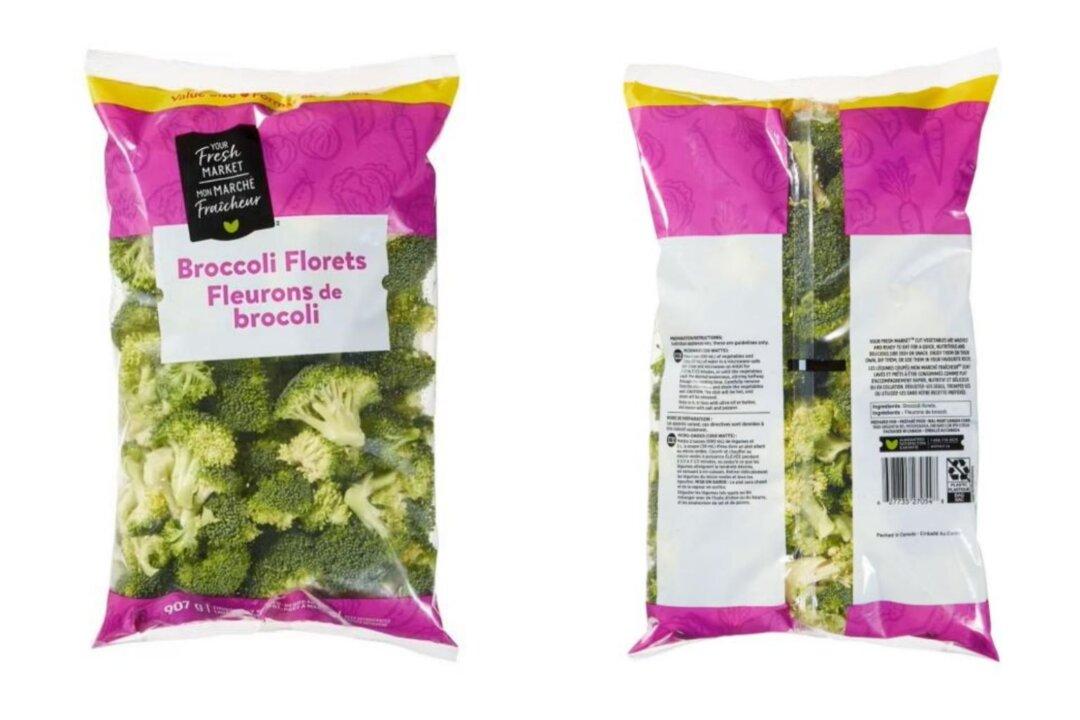First Nations entrepreneurship can be improved if Ottawa removes further barriers to property rights within the Indian Act, a new study suggests.
“Indigenous people in Canada face many barriers to entrepreneurship that other Canadians do not, so Ottawa has a responsibility to right this wrong,” said study author Tom Flanagan, a senior fellow at the Fraser Institute, in a May 19 press release.





